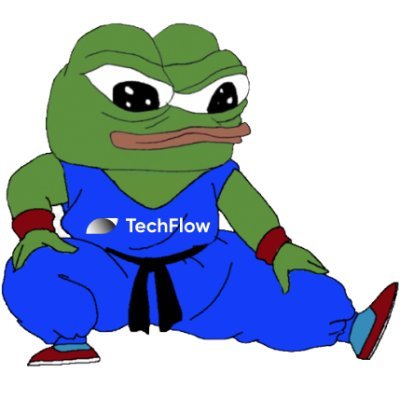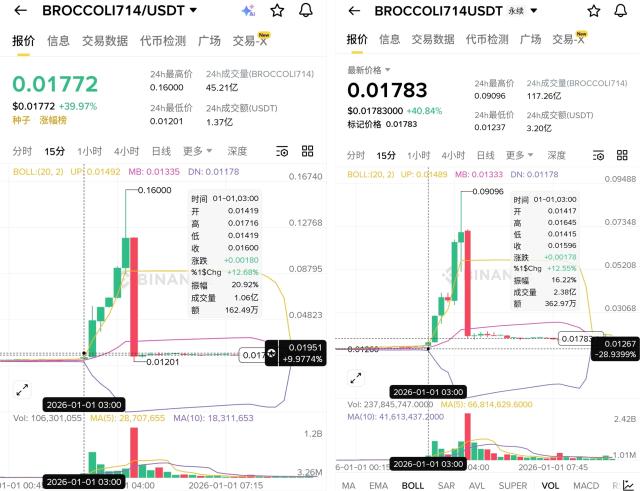Zeus maintains an open mindset. It is not a cross-chain, but it is better than a cross-chain. Ultimately, it aims to communicate across the entire chain and make interoperability a basic function.
Written by: TechFlow
The bull market in 2024 belongs to Bitcoin and Solana. After the Bitcoin spot ETF was approved, Bitcoin, which was stimulated by over-the-counter funds, began to rise continuously. BTC L2 also began to start a business within the crypto circle. The bigger surprise in the crypto world is the Solana ecosystem. From DePIN represented by Helium, AI represented by BitTensor, to hardware and Meme represented by Saga and Bonk, Solana has become a de facto independent ecosystem.
As an important pillar of the Solana ecosystem, Jupiter LFG Launchpad will launch Zeus Network at 9 pm on April 4th , as an important step for the Solana system to connect to Bitcoin. Zeus Network has received widespread attention due to the investment from Solana co-founder Anatoly and the founder of Bitcoin ecosystem Stacks.
Prior to this, more than 300,000 addresses have been qualified for airdrops, including the previous Jupiter Voter, zuPoint Holder and Dapping Gang NFT Holder, highlighting the extreme importance that Zeus Network attaches to the Bitcoin and Solana ecosystems. The three will each share a reward of 1% of the ZEUS tokens.
**The reason why it is so important is that the connection between Solana and the Bitcoin ecosystem has long been ignored. In the early WBTC and the current BTC L2 craze, the development focus is on linking Bitcoin and the EVM ecosystem, among which the multi-signature bridge + Rollup format has become the mainstream.
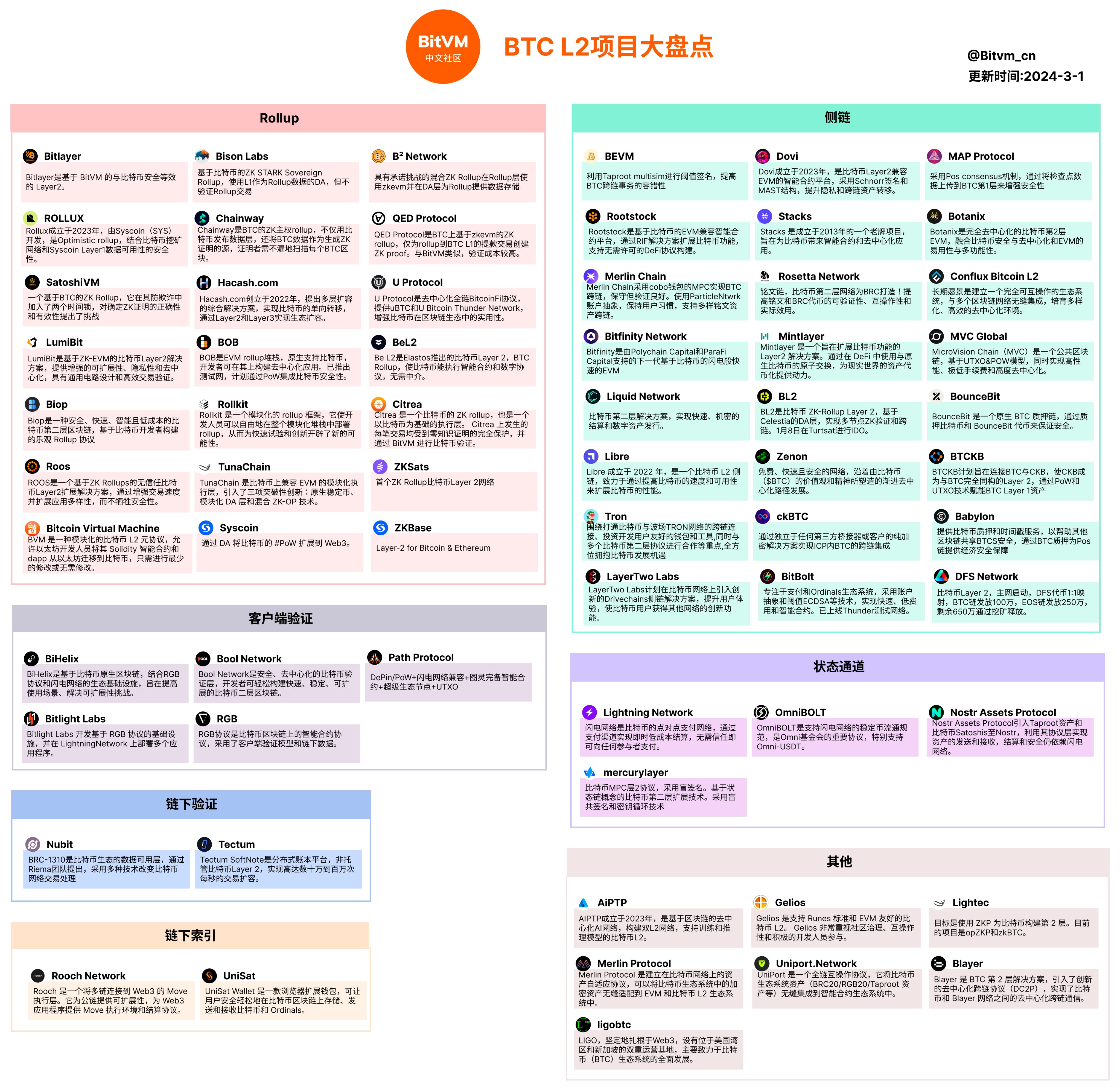
However, how to expand the financial potential of the Bitcoin ecosystem while ensuring security and meet the practical needs of connecting various chains has long been intentionally or unintentionally ignored. For example, creating a secure two-way communication bridge between Solana and the Bitcoin ecosystem, and can continue to expand to any type of public chain.
Zeus was born with this idea in mind. On March 9, 2024, Zeus Network received financing from Solana co-founder Toly and Stack founder, which shows its important position in the Solana ecosystem.
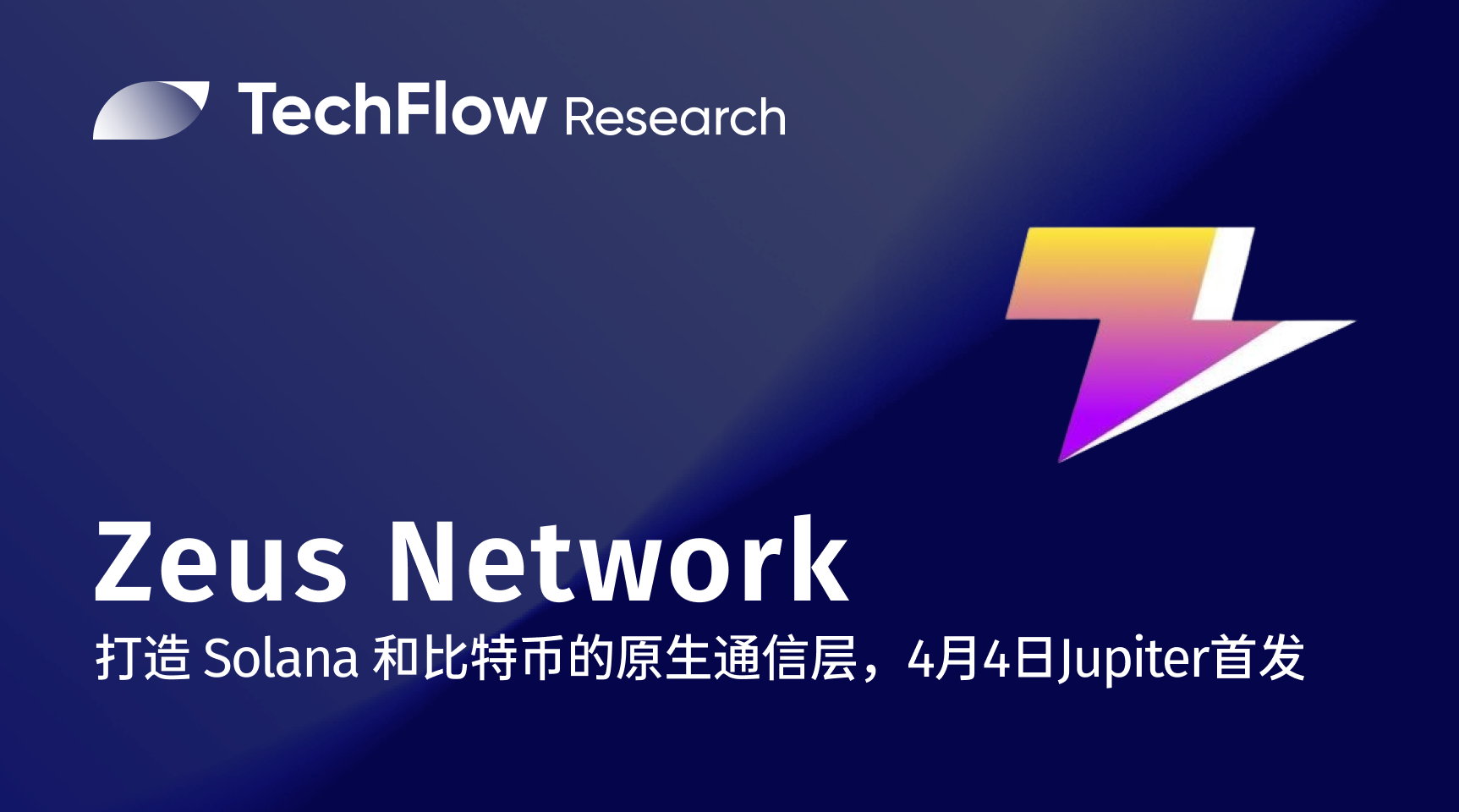
First of all, we need to clarify a concept. Zeus Network is a permissionless communication layer, not a common asset exchange cross-chain bridge. Zeus does not require asset transfer during operation, and is extremely secure in terms of security.
Solana to the left, Bitcoin to the right.
Zeus Network is a communication layer connecting Solana and Bitcoin. Supported by the Solana Virtual Machine (SVM), Zeus Network provides security for Zeus nodes and provides an efficient transaction experience.
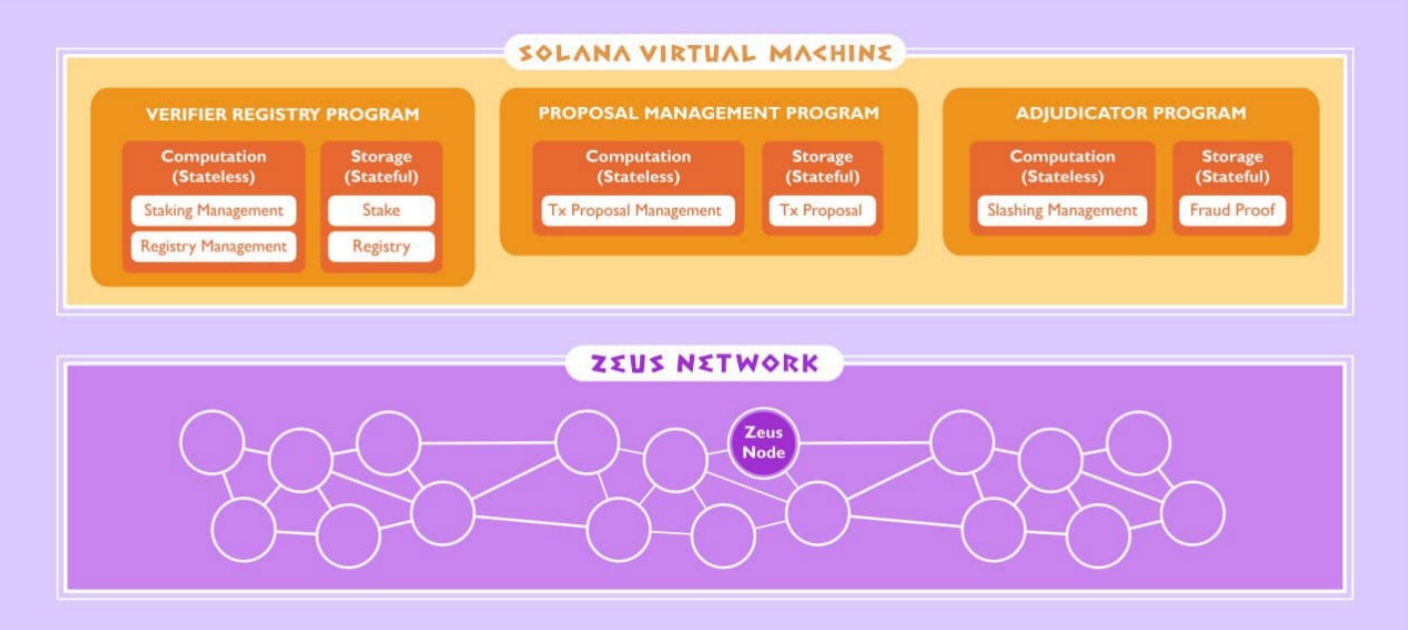
Specifically, Zeus Network can facilitate communication between cross-chain dApps, thereby promoting the integration of liquidity between different networks and bringing interoperability to the Bitcoin ecosystem, activating trillions of market value.
Taking Apollo on Zeus Network as an example, it is possible to issue zBTC that is 1:1 anchored to Bitcoin, link BTC to the Solana network, and adopt a two-way anchor (2WP, Two-way Peg) mechanism, allowing the equivalent zBTC assets to be issued and used in Solana while locking BTC on the Bitcoin chain.
In the future, anyone can issue their own assets based on Zeus Network and seamlessly link the Bitcoin and Solana ecosystems. Developing for Zeus Network is equivalent to developing for both.
In terms of Zeus' technical architecture, Zeus Network consists of Zeus nodes and SVM (Solana virtual machine, similar to EVM), and adopts a multi-chain architecture model of "one main chain + N sub-chains", bringing BTC's capital efficiency to the full chain ecosystem through Solana.
The specific functions of Zeus nodes involve service discovery, load balancing, service calls, API monitoring, configuration center, service governance, and service fault tolerance. These functions together constitute the core of the Zeus network, ensuring the efficient operation and stability of the network.
**Using SVM, Zeus Network can achieve one-time development + multi-chain circulation and unlock Bitcoin's trillion-level liquidity,** and use Solana's super strong on-chain processing capabilities to build a chain-to-chain censorship-resistant DeFi system.
Zeus Network, as a communication layer, not only connects Solana and Bitcoin, but also allows developers to create innovative solutions, build diverse applications and services on the Zeus Network. Developers can develop once and deploy multiple times, and can deploy dApps between different blockchains without obstacles. Through Zeus Network, Bitcoin, which has a circulation value of more than $1 trillion, can be interconnected with Solana.
On the one hand, Solana's TPS can reach up to 50,000 transactions per second. On the other hand, BTC's acceptance is still at the highest level. The combination of the two can break through the current DeFi involution situation.
Beyond BTC L2, Solana DeFi is a revolutionary moment
Solana co-founder Toly once said that Solana can become the Layer 2 of all blockchains , which is obviously different from the narrow L2 that focuses solely on BTC or ETH. Especially after the Cancun upgrade, the war between high-performance public chains and Ethereum L2 will really begin.
Anatoly once said: "Solana will become the most powerful Layer 2 among all blockchains, which is completely different from EVM Layer 2. By connecting with other blockchains, Solana will become the application layer, thereby promoting the creation of more cross-chain products."
From this perspective, Zeus’ introduction of BTC is a strategic offensive gesture. If we talk about value, then BTC is natively synonymous with value. If we talk about speed, then the daily TPS of more than 3,000 is enough to make Solana stand out from the crowd.
After Solana’s rebirth, how DeFi should develop in the post-FTX era has become a consensus that the ecosystem urgently needs to reach.
On March 9, 2024, Zeus Network received angel round financing from Solana co-founder Toly, Mechanism Capital founder Andrew Kang, and Stack founder.
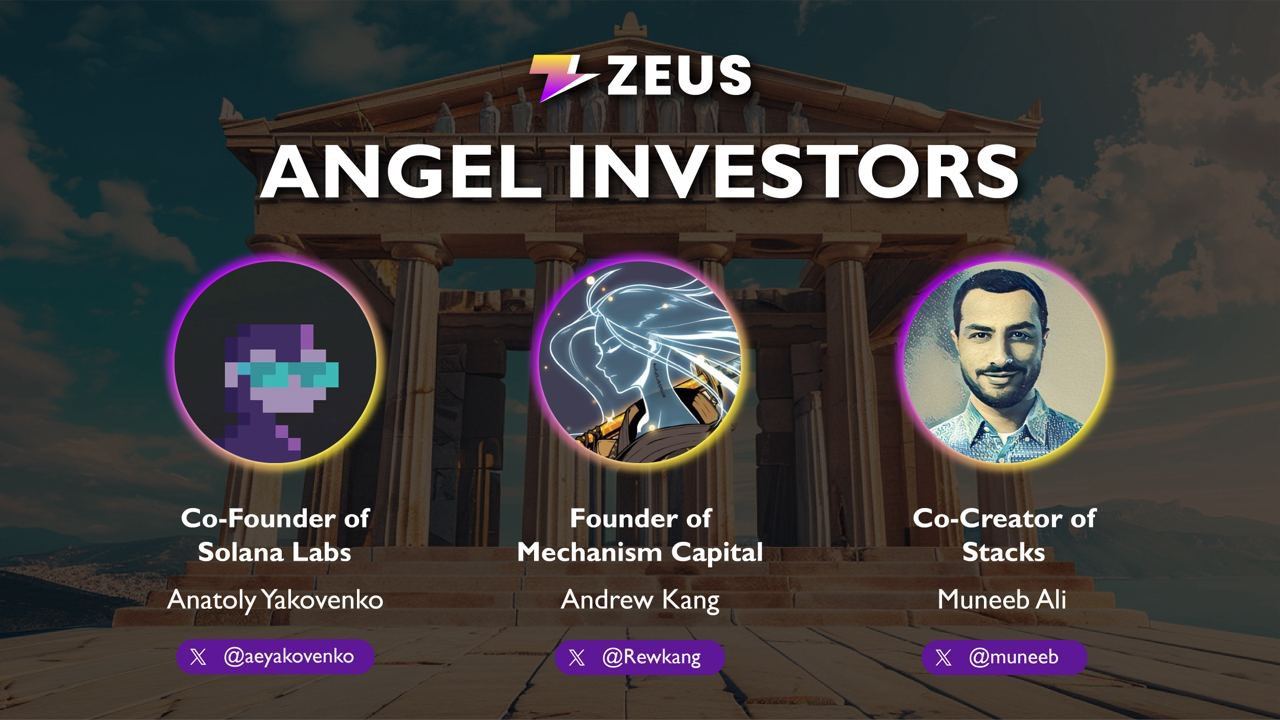
Zeus believes that overall collaboration and refined operations are an indispensable duet, especially for many DeFi projects in the Zeus Network and Solana ecosystems, such as Jito, Jupiter, and Marginfi.
Symbiosis with Solana DeFi project.
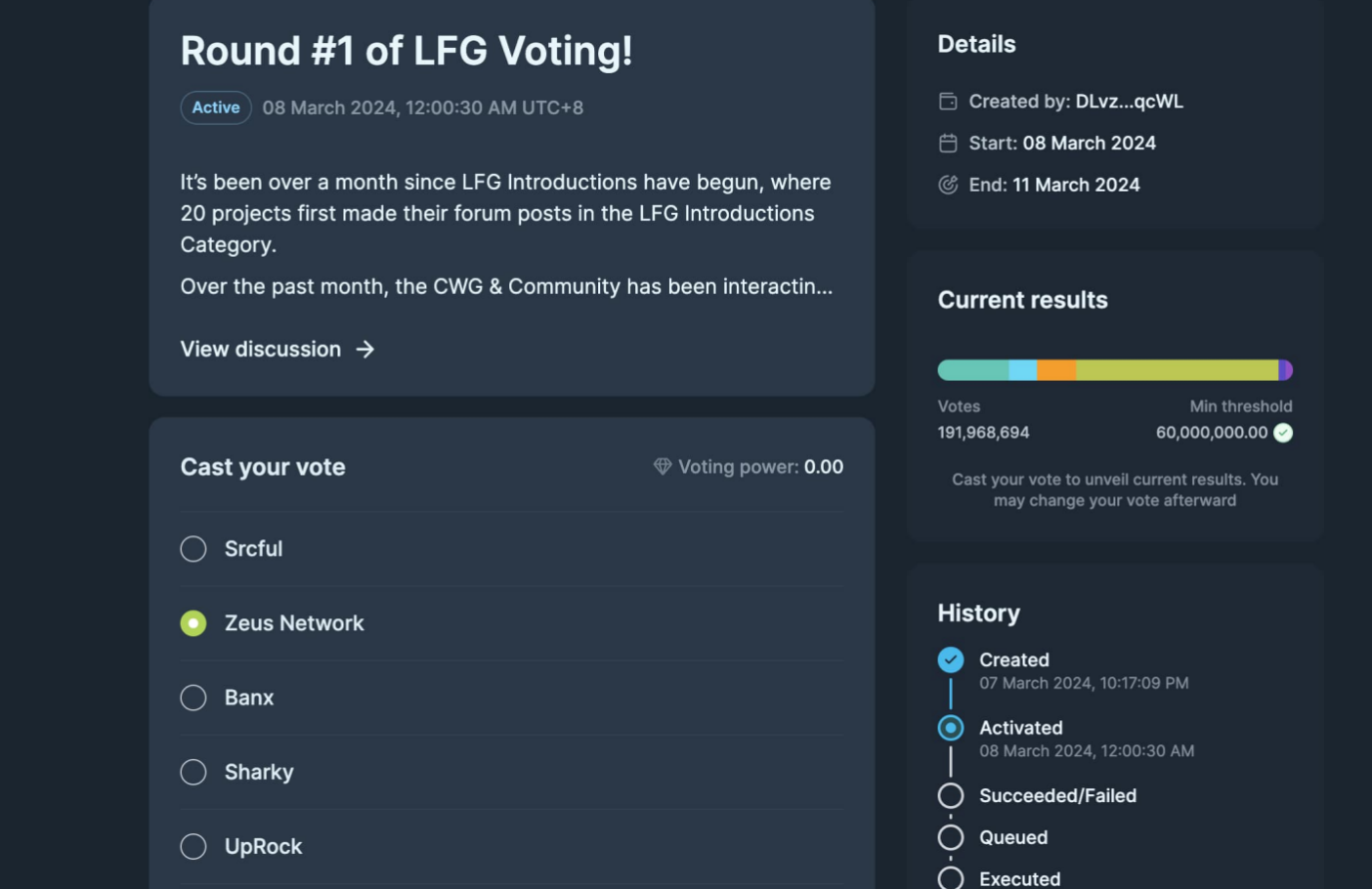
Especially for Jupiter, Zeus Network received more than 50% of the votes in the Jupiter LFG launch pad voting, and eventually became the first project selected by Jupiter DAO to be launched, with the launch time being 9 pm (SGT) on April 4.
In addition, Marginfi will also issue a high-yield decentralized stablecoin YBX, which will be supported by the Solana ecosystem LST and can earn Solana staking yield (about 8%) and MEV capture. Users need to use Jito's MEV client. All of these can include Zeus.
In addition, in Zeus’ own node staking mechanism, various types of LSD assets are also given priority support, such as LSD-SOL assets such as SOL or mSOL. It is Zeus’ consistent strategy to deeply embed itself into the Solana ecosystem.
In terms of specific operational ideas, Zeus is user-centric and actively builds its own demonstration application Apollo to drive the Zeus construction boom.
Refined operations are the only way to growth.
Regarding the development of Zeus Network, a series of important improvements will be completed by the end of 2024 to realize the deployment of network nodes, the staking function of ZEUS tokens, and the staking function of BTC.
Zeus’ decentralized nodes will ensure network operation, and Apollo will also enable native BTC staking. Specifically, the arrangements are as follows:
2024 Q2: Muses Upgrade
Deploy Zeus nodes;
Begin the audit process;
APOLLO testnet V0.3 was launched, supporting tBTC deposits and withdrawals and zBTC custody;
2024 Q3: Gaia Upgrade
Introducing ZEUS token staking and native BTC staking features;
Zeus network mainnet experiment supports Schnorr and EdDSA threshold signatures;
APOLLO mainnet supports BTC staking;
Zeus nodes support staking of SOL tokens.
It can be found that Zeus Network adopts a dual-axis development strategy, gradually linking Zeus Network to the Bitcoin and Solana ecosystems, and actively exploring the adoption and application of Bitcoin native technology.
Vigorously develop the ecosystem and allow BTC to flow into Solana
In addition to the ecosystem, developers, and operational ideas, Zeus's token economics is also unique.
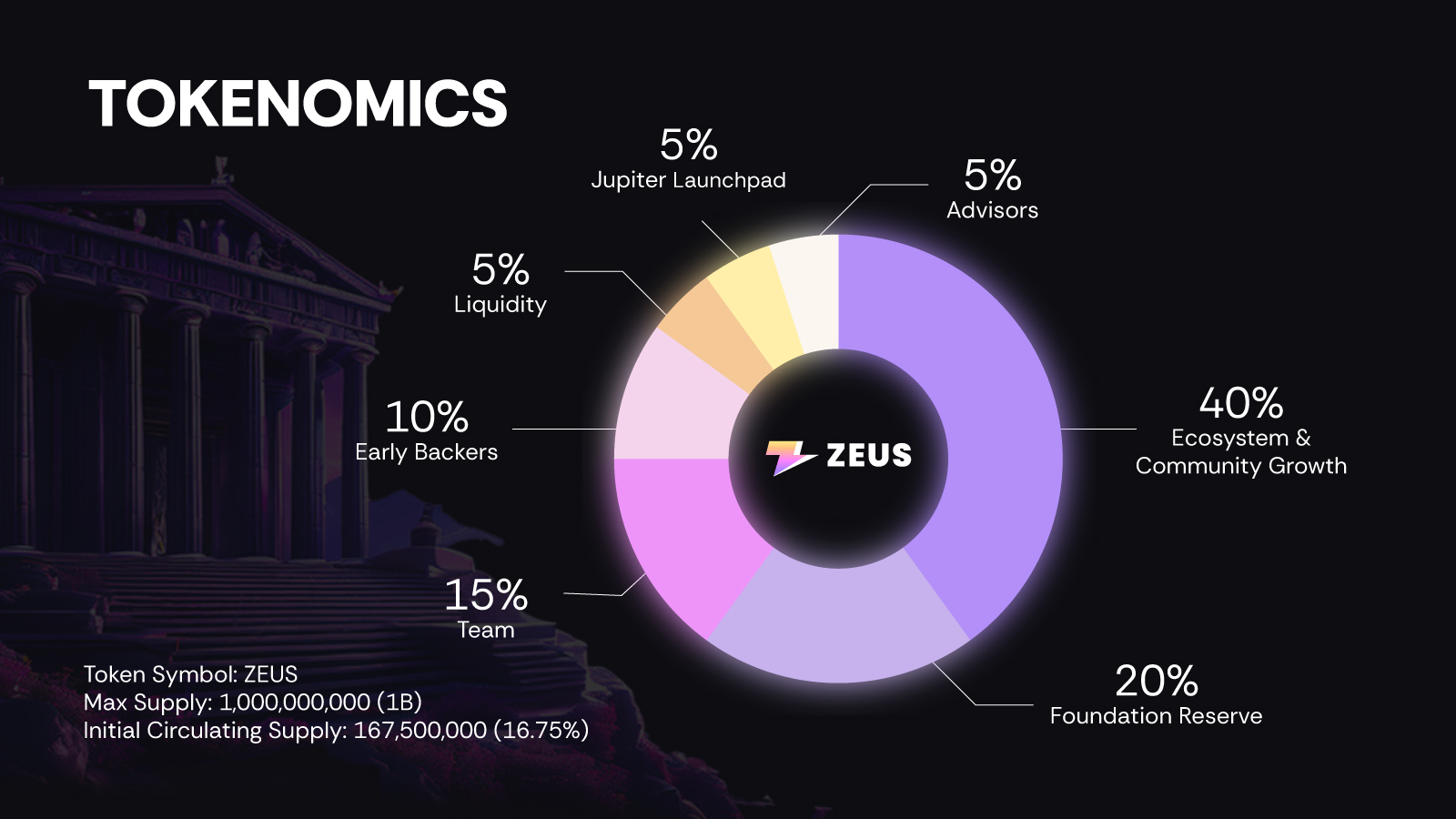
The total supply of ZEUS is 1 billion, of which nearly half will be invested in ecosystem and community growth, accounting for 40%, while the team accounts for only 15%, far less than the 20% share reserved by the foundation. It can be said that Zeus Network has reserved sufficient ammunition for future ecological competition.
In terms of specific usage, in addition to zuPoint points, a possible way to obtain token airdrops is to participate in many Zeus ecological projects, such as Zues, the first multi-chain wallet based on Solana . In addition, Solana and Jupiter developers can use Zeus SDK to support BTC holders to directly purchase SPL assets on Solana.
For ordinary users, a more convenient way is to use the Apollo network. Users only need to link their Bitcoin wallet and Solana wallet to use the convenience brought by the Zeus network. When using Apollo, users do not actually transfer BTC to the Solana network, but can enjoy the benefits of BTC in the Solana ecosystem.
For low-level users, they can directly let Apollo earn income. The Zeus network will automatically manage asset income and distribute it to the user's SPL wallet. Secondly, for high-level users, they can manually manage zBTC, design their own income strategies and invest in the Solana network.
In short, allowing BTC to flow into the Solana ecosystem is the origin of Zeus’ design.
As mentioned earlier, bigwigs from the Solana ecosystem and the Stacks project of the Bitcoin ecosystem have participated in Zeus investment. Zeus will continue to make efforts in the future, especially in wallets, stablecoins and DEX. The liquidity of assets will be further released.
Conclusion
BTC has become the biggest explosion point and hot spot in 2024, but methods such as WBTC and BTC L2 are either centralized or too close to the Ethereum system. Zeus has taken a different approach to introduce BTC into the Solana ecosystem. Currently, the market value of the Solana ecosystem is only less than 10% of Bitcoin, and there is huge room for development.
More importantly, Zeus originated from Solana, but will be interconnected with many public chains in the future. zBTC is not only a decentralized transformation of WBTC, but also an on-chain liquidity management solution with its own AMMM mechanism design, and gives users the choice between self-organization and centralized organization.
In terms of specific mechanism implementation, Zeus also draws on the experimental mechanism of BTC L2, such as fraud proof to verify the validity of transactions. At the same time, Zeus also maintains an open mind for solutions such as EVM and Move VM. It is not a cross-chain, but it is better than a cross-chain. Ultimately, it aims to communicate across the entire chain and make interoperability a basic function.
TechFlow is a community-driven in-depth content platform dedicated to providing valuable information and thoughtful thinking.
Community:
Subscribe to the channel: https://t.me/TechFlowDaily
Telegram: https://t.me/TechFlowPost
Twitter: @TechFlowPost
Join the WeChat group and add assistant WeChat: blocktheworld

